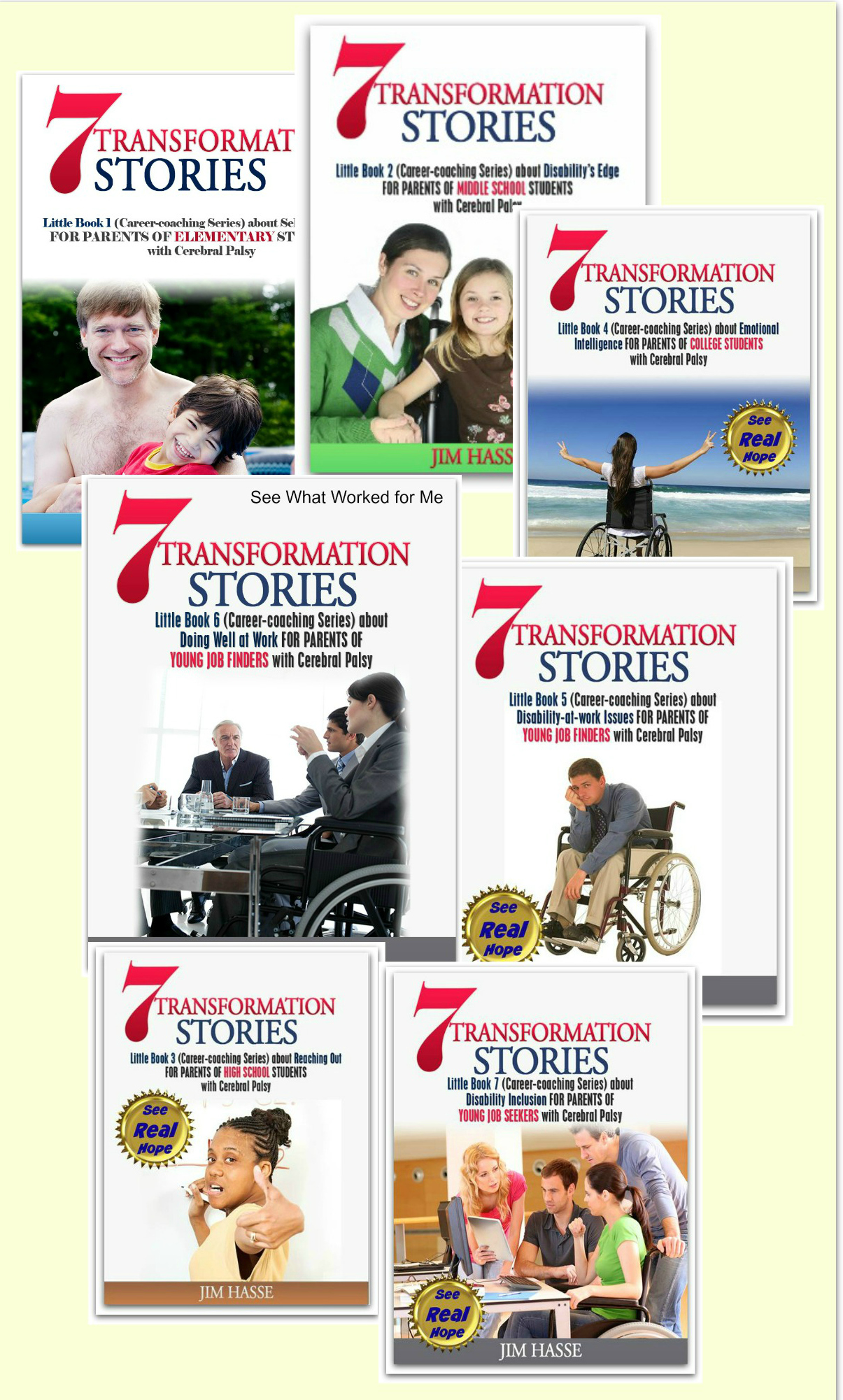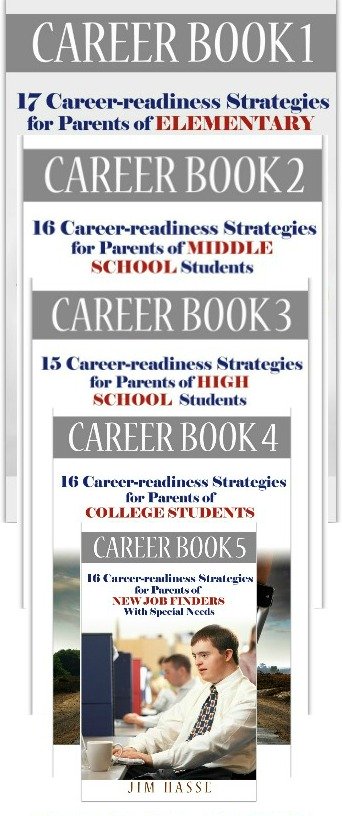Occupational Outlook Handbook: Cerebral Palsy Career Builder for Job Seekers
By Jim Hasse, ABC, GCDF, Disability Employment Expert
_________________________________________________________
Occupational Outlook Handbook is the premier source for U.S. career information! Your job seeker with cerebral palsy (CP) needs to track it on a regular basis.
Why? Published by the Bureau of Labor Statistics (BLS), U.S. Department of Labor, it features profiles which cover hundreds of occupations and describes, for each, the work involved, the work environment, how to break into the field, the pay involved, and more. Each profile also includes BLS employment projections -- currently for the 2010–20 decade.
The Occupational Outlook Handbook reminds the new job seeker you’re mentoring that it’s best to choose a career in a field where jobs are available. But such availability changes from year to year. What jobs are in demand today? How do you stay on top of the trends? The Occupational Outlook Handbook provides the answers.
The job market changes rapidly. What was hot two years ago is not today; what’s hot today may not be tomorrow.
Your new job seeker not only needs to know what careers are expanding but also how to keep on top of career trends. These trends may be in growing industries, occupations with worker shortages, or new ways of doing business. By keeping on top of what’s changing in the labor pool, he or she will be able to identify promising job opportunities as well as careers that are disappearing.
The high- tech sector is one example of an area which has experienced both boom and bust during the last decades. When software and Internet businesses were mushrooming, there were tons of jobs. But, remember 2001? Investors were not the only ones who took a hit; lots of people lost jobs.
However, as one industry sags, another grows. Manufacturing, for instance, is now on the rise in the U.S. after a decade of decline.
What's "hot?"
I’m going to describe a few “hot jobs” sectors from the Occupational Outlook Handbook, but keep in mind that what is hot in Wisconsin may not be hot in Florida or Singapore.
According to the Occupational Outlook Handbook, jobs requiring a master’s degree are expected to grow the fastest, while those requiring a high school diploma will experience the slowest growth over the 2010–20 timeframe.
BLS projections show industries and occupations related to health care, personal care and social assistance, and construction are projected to have the fastest job growth between 2010 and 2020.
Total employment is projected to grow by 14.3 percent over the decade, resulting in 20.5 million new jobs. Despite rapid projected growth, construction is not expected to regain all of the jobs lost during the 2007-09 recession.
The 2010-20 projections incorporate a new BLS system that depicts education, training, and related work experience typically needed for occupations. In occupations in which a master’s degree is typically needed for entry, employment is expected to grow by 21.7 percent, faster than the growth rate for any other education category.
However, in occupations in which apprenticeship is the typical on-the-job training, employment is projected to grow by 22.5 percent, faster than for any other on-the-job training category.

My recommendations
So, according to the Occupational Outlook Handbook, I believe new job seekers today such as your youngster have two attractive alternatives:
- Make the most of an advanced
degree in the growing fields of health care, biotech, market research etc.
- Forego an advanced degree or couple it with technical training with the goal of working into an apprenticeship program within a growing job sector.
Couple that with this insight. The best jobs in the years ahead will be held, according to Tom Still, president of the Wisconsin Technology Council, by people who offer employers a mix of disciplines. That includes those who:
- Work with their heads instead of their backs.
- Are savvy about some field of technology.
- Can use their knowledge and technical skills to bridge the gaps between other technologies and industries.
Other promising fields are financial planning, the service industry, and any career that is likely to have retired baby boomers as customers (recreation, retirement, real estate, travel, personal services, etc.).
In addition to Occupational Outlook Handbook, what sources of information can help your new job seeker identify the most promising job sectors for a successful career? That depends on where he or she lives or plans to live and what fields are of interest.
Occupational Outlook Handbook may be of general use for your new job seeker, but the following tools can also be helpful.
- State departments of labor. A good place to
start is at Projections Central,
which includes short-term projections through 2019. You can find links to state
governments in the Yahoo directory.
- Your job seeker’s career center at school.
- Publications and web sites that track the job market, such as America’s Job Bank.
- The Occupational Information Network (O*NET), a database of occupational requirements and worker attributes. It describes occupations in terms of the skills and knowledge required, how the work is performed, and typical work settings.
Finally, the skill that will most benefit your new job
seeker is just common sense about what will probably come next.
As baby boomers
start retiring at an increasing number during this decade, for instance, we can
expect there will be a decline in the part of the current workforce that has
both the training and experience in most fields. That opens an unusual opportunity
your job seeker.
So, encourage our new job seeker to us Occupational Outlook Handbook and the other tools I mention above to help predict where that drain will happen -- and how to plug it.
Return from Occupational Outlook Handbook to Job Finder
Go to Cerebral Palsy Career Builders
This is Creative Commons content. You can freely and legally use, share and repurpose it for non-commercial purposes only, provided you attach this sentence and the following attribution to it (including the two links):
Originally written and illustrated by Jim Hasse, ABC, GCDF, owner of Hasse Communication Counseling, LLC, who, as a person with cerebral palsy, served for 10 years as a vice president in a Fortune 500 company during his 29-year career in corporate communication. He’s an Accredited Business Communicator, certified as a Global Career Development Facilitator and author of 14 Amazon books about disability awareness and disability employment issues.





